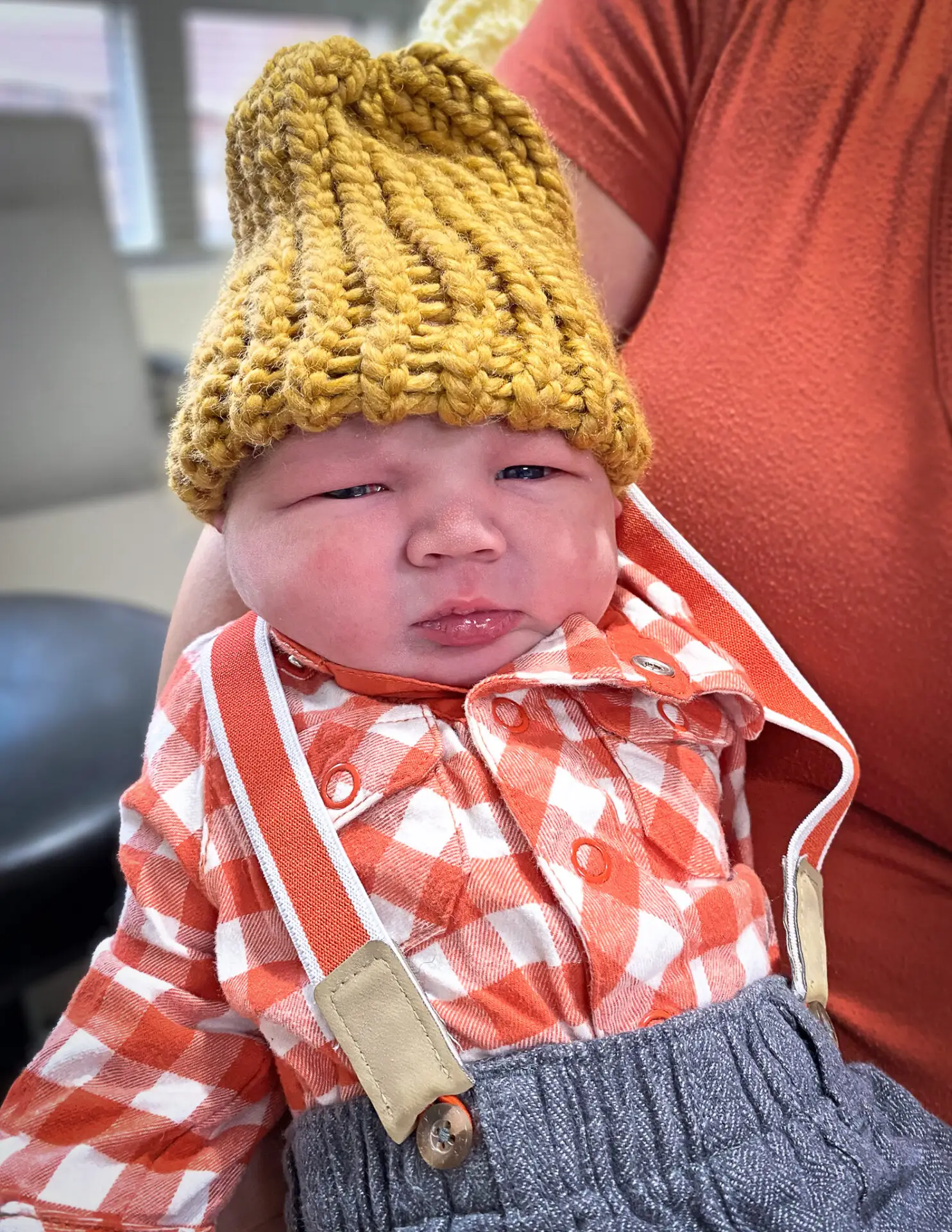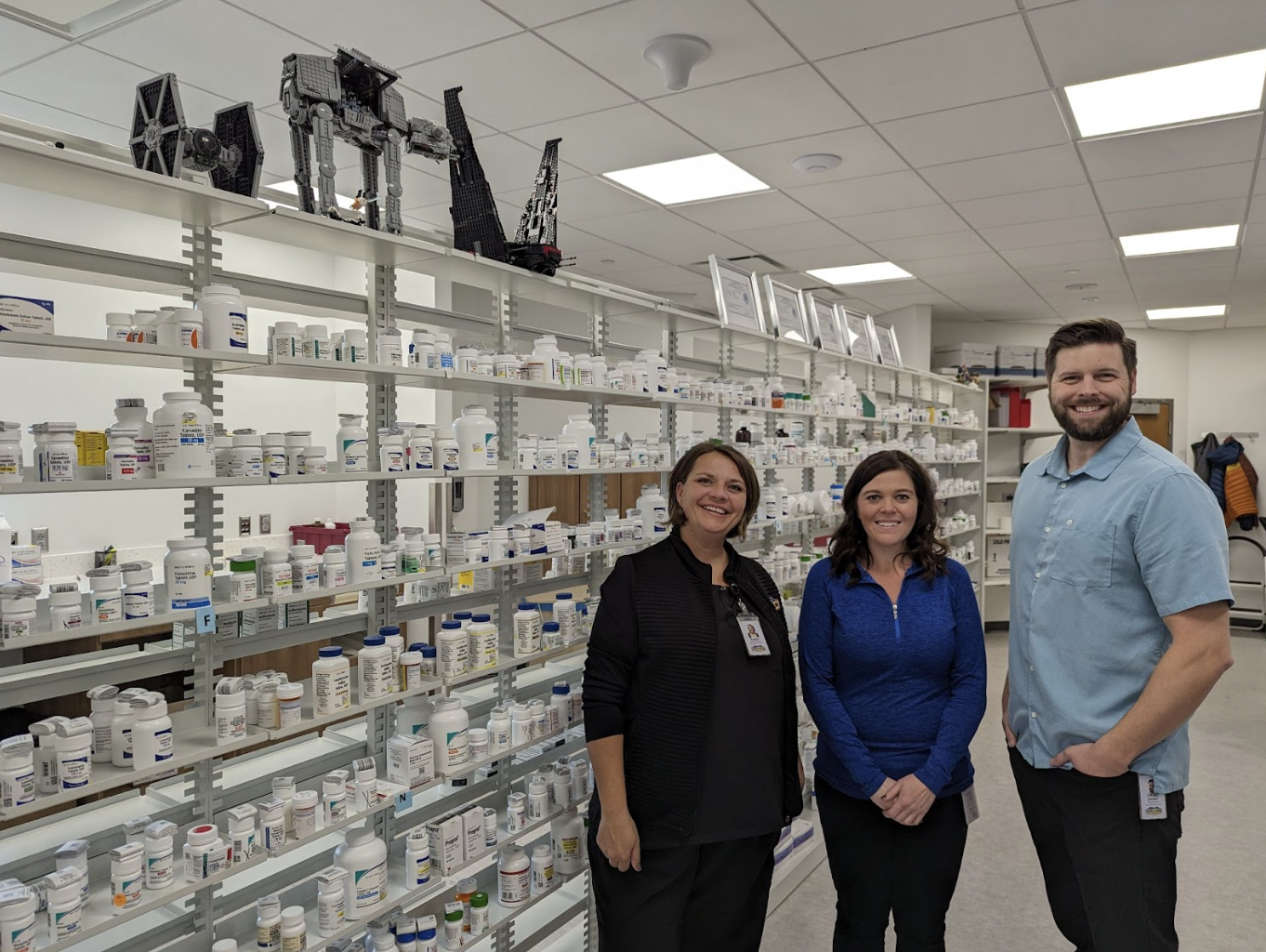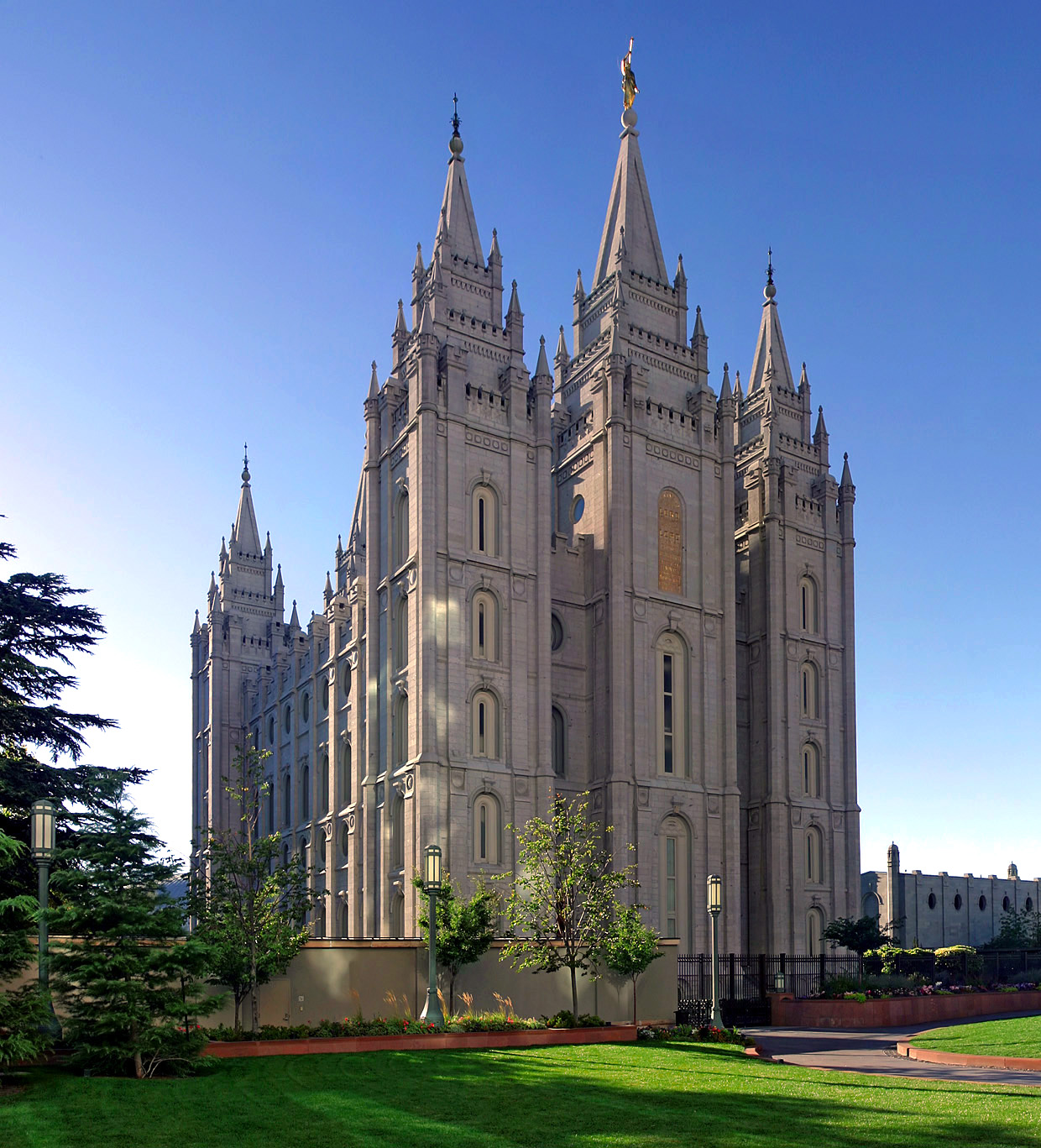Zion National Park reopened on May 13 without its shuttle service. Instead, the National Park Service relied on the 400 parking spaces along the scenic drive to serve visitors going to iconic trails like Angels Landing and The Narrows.
As visitors began traveling to the park, parking spaces began filling up within hours of sunrise and would stay filled most of the day, effectively closing the park. Quickly, the park pivoted to allowing private companies to run shuttles up the scenic drive and now, as Zion continues its phased reopening, the park shuttles have begun running at a limited capacity on July 1.
However, both private and park shuttle drivers report feeling inadequately protected, stuck between growing visitation and an inconsistent pandemic response from their employers.
“I haven’t really understood why the park allowed the commercial shuttles, because if they’ve deemed it unsafe for the park shuttle drivers, then why is it safe for anybody to be driving shuttles?” said one private shuttle driver, who asked to remain anonymous to protect their employment as did the majority of drivers who spoke to the Moab Sun News.
Private shuttles from local businesses drop off and pick up visitors, charging between $40 to $55 per person.
According to Doug Dawson, the Zion National Park Concession Management Specialist, all private shuttles were required to follow safety guidelines from the federal Centers for Disease Control, as well as state and local guidelines, including wearing masks and safe social distancing.
According to local private shuttle drivers, however, that hasn’t been the case. Multiple private shuttle drivers said that they did not feel as though they were able to require masks in their vehicles, until Springdale municipal’s mask mandate went into effect July 3.
“My employer tried to have protocols and things but it’s the visitors that don’t follow them…I just feel like all the responsibility to keep everything safe is on all these tiny businesses, and nobody’s coming and taking responsibility for their health while using those services, either,” said the private shuttle driver.
Multiple shuttle drivers spoke with the Moab Sun News, relaying their frustration with inadequate safety protocols and uncooperative guests who either were lackadaisical about mask-wearing or entirely unwilling to wear one. One driver said they felt that they would not be supported by their employer if they denied a ride to a visitor who refused to wear a mask.
“It’s just a weird situation where you’re always fighting stress at work…Even though we put up our signs saying you have to wear a mask, half the people don’t wear them,” another private shuttle driver said.
Beyond the July 3 mask mandate in Springdale, there haven’t been any additional precautions or guidelines from state, local, or federal officials, even as COVID-19 cases and deaths rise in Utah. Governor Herbert has not mandated masks statewide, despite pressure from the Utah Department of Health, which critics say puts the onus of maintaining safety protocols on individual businesses, or sometimes the employees themselves.
Parks Transportation Inc., the shuttle contractor that operates Zion’s shuttles, retrofitted the buses to increase the distance between visitors, reducing the seating by roughly half and keeping the shuttle windows open at all times to increase airflow.
For the drivers, PTI installed a temporary barrier, essentially a plastic shower curtain, around the driver’s seat.
According to Jeff Axel, the Zion National Park public information officer, PTI plans to install more permanent plexiglass barriers when possible.
“A lot of the drivers are retirement age and do this as a summer job. If they get sick then they would be really hard to replace. We want to protect the drivers,” Axel said.
Not all drivers are willing to return, however. One park shuttle driver, who declined to give their name, said that they felt as though they had to pick between losing their unemployment benefits and taking a job that put them at risk. This concern was echoed by every driver, private and park, that the Moab Sun News talked to.
Because of the reduced capacity of the park shuttles, Zion implemented an advance ticket system to reserve a seat on shuttles, rather than the first-come-first-serve system that has been in place since the shuttles’ inception. Visitors must reserve tickets online for one dollar per ticket via Recreation.gov the day before starting at 9 a.m. if they haven’t purchased them the month previous. Zion is likely to continue this system until December of this year, as part of the National Park Service’s ongoing COVID-19 response.
Drivers at Zion National Park raise health concerns



